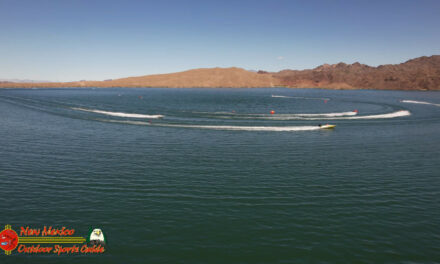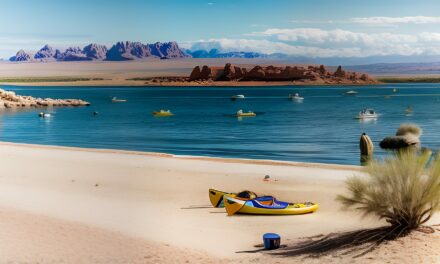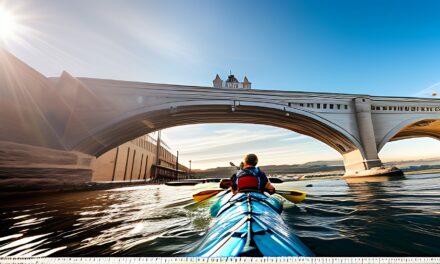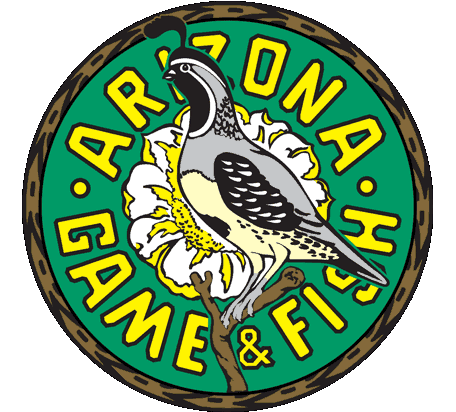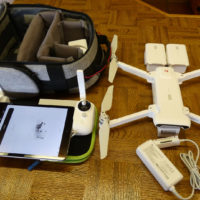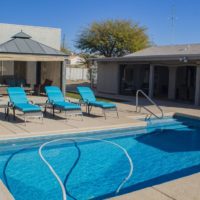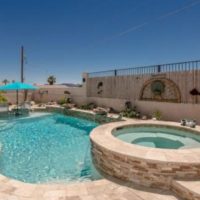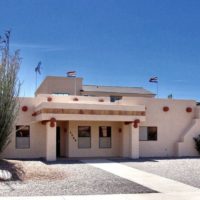The wary days and nights are upon us again and night fishing is beginning it’s annual surge of popularity. From now until hunting season, nighttime traffic on the lake will be at it’s peak. Along with the increase in traffic the Lake Patrol will be receiving more callouts for nighttime accidents. If history repeats itself alcohol and lights will be the predominant factors. With safety in mind I’d like to review the laws and offer some suggestions for nighttime operation.
Vessels not at dock are required to display their navigation lights from sunset to sunrise. Although there is some variation in the lights required for different types and sizes of vessels, Class A and Class 1 vessels, into which categories most boats fall, require a red and green combination light for sidelights foreword and a white 360 degree light aft. The combination light must be red to port and green to starboard and be visible for 112 1/2 degrees from dead ahead. The white light must be high enough to provide unobstructed visibility for 360 degrees. Make sure that your lights are high enough to be seen throughout their required ranges: that your combination light’s lens is not upside down, putting the colors on the wrong sides(I know your brother-in-law changed the bulb, but it’s your boat and your problem); and make sure that you have spare fuses and bulbs aboard. Your bulb won’t burn out when it’s not on – it’ll burn out at night, while you’re using it. The purpose of the lights on your vessels are to make you visible to other vessels, and to reveal your direction of travel. If your lights do not operate as required you will be issued a CITATION and your vessel will be taken off the water until your equipment is in compliance.
PFD’s (Personal Floatation Devices) are especially important at night. If someone goes overboard, they will be much harder to locate in the dark. I strongly endorse the application of reflective material on PFD’s for boaters who operate at night, as it enables the PFD to be seen from several times the distance at night. Remember that the law now requires Type I,II,III or V(wearable) in Class A(under 16’) boats. Type IV(throwable) PFD’s are no longer acceptable as primary PFD’s. You are still required to have a Type IV PFD aboard Class I(16’-26’) vessels.
By law you must operate your vessel at a speed at which you can stop within the assured clear distance ahead. Unless you have an exceptionally clear night, I recommend running at substantially less than full trim. You will be able to turn much quicker and safer if sudden evasive action becomes necessary.
Prior to embarking on a nighttime excursion, you should familiarize yourself with the area by day. Take notes of landmarks and lineups you can use at night. Anything which stands out on the skyline will be the most visible landmark. A compass is an invaluable aid at night and I won’t own a boat without one. You may want to write down your Azimuths if exploring a new area; marking them on your map provides a permanent record for nighttime navigation. And speaking of maps, always know where you are. our dispatchers receive an awful amount of calls for us on the lake in which the caller has no idea in which creek arm he’s in. and the directions he’s giving are confusing. If I know you’re in Little Lake Creek I’ll find you. If all you can tell the dispatcher is that you’re “by an island” (yep we get lots of those), I have to check every creek and main lake area until I find the island near you.
A problem many night operators have is “tunnel vision” – they don’t scan when running. During the day your peripheral vision picks up vessels to your sides. At night, the effectiveness of your peripheral vision is greatly reduced, essentially with a background of numerous lights, as are found on many lakes. Tunnel Vision is responsible for a significant number of collisions. If you make a conscious effort to scan back and forth constantly at light, it soon becomes second nature. A vessels navigation lights can blend in with a multitude of background lights. Bright lights ashore can make it impossible to see anything in that direction. Bright instruments at the helm, or a backlit graph, can destroy your night vision. Another night vision destroyer, and one that is often abused, is spotlights. If you must use a spotlight, make a pass with it and then turn it off. The same applies to the driving lights so commonly mounted on pontoon boats. Show a little consideration toward your fellow boaters – don’t indiscriminately blind everyone else on the lake. You’ll find that under most condition, you can see all ,around you better without a spotlight. With the spotlight on, you can see what’s in the beam, but everything outside the beam is harder to see than if the light was off.
you might consider a nighttime distress signal in the boat. if you break down, or come up on an accident, flares, a marine radio, or a cellular phone may cut short a long, lonely wait; it may also save lives.
When you finally get past the spotlights, shore lights, BOZOS without lights, and the fool running 70 MPH in the dark, and arrive safely at your “Honey Hole”, don’t turn off your white-all around light just because the glare is annoying. put a Styrofoam cup over it – it softens the glare but is still highly visible. just remember to remove it before you leave, so it won’t blow off into the lake.
Night fishing is an enjoyable, productive experience, but it requires a higher degree of preparation and awareness on a crowded lake. A nighttime wreck on the water is a terrifying way to become a statistic. If we all try to set an example, many of the novices will try to emulate us, making the lake safer for everyone.
– Lake Havasu
– Lake Havasu



